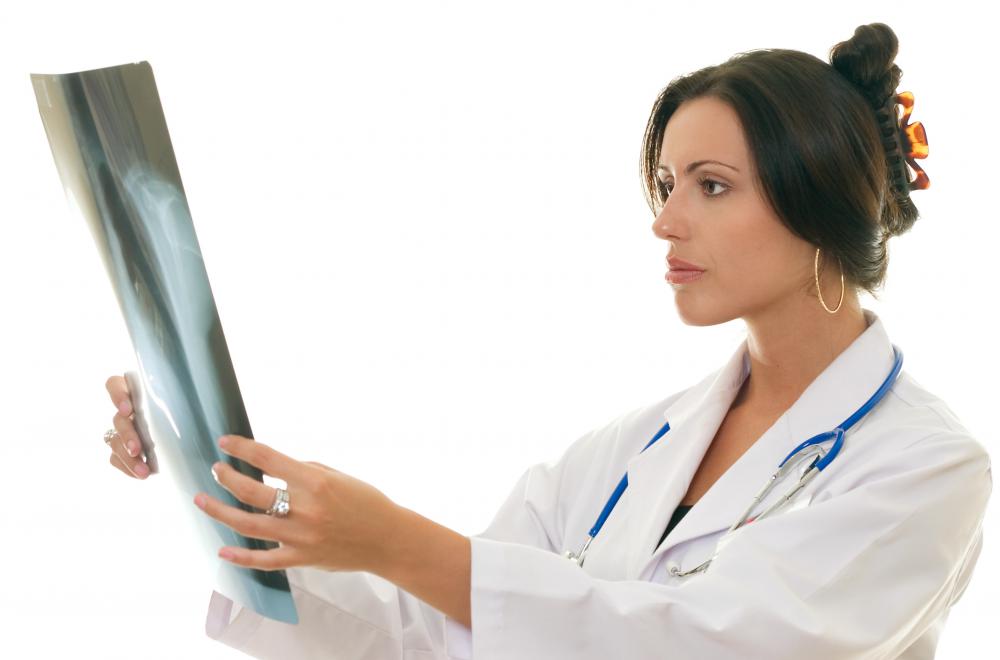At WiseGEEK, we're committed to delivering accurate, trustworthy information. Our expert-authored content is rigorously fact-checked and sourced from credible authorities. Discover how we uphold the highest standards in providing you with reliable knowledge.
What Is Involved in a Radiology Residency?
In order to become licensed radiologists, physicians must complete a radiology residency program. This program typically lasts four years, and trains physicians in how to interpret a wide variety of imaging studies. Much of the teaching is done one-on-one, but some information is provided to students in a lecture format. After finishing the four years of training and taking a general examination in radiology, doctors will become licensed practitioners in this field.
Doctors pursuing a career in radiology first spend a year learning more about general medicine after they graduate from medical school. Typically they either spend a year training in internal medicine, or sign up for a transitional year program that allows them to rotate through a number of different clinics in diverse fields such as pediatrics, dermatology, and ophthalmology. After the first post-graduate year is finished, a total of four years focusing solely on radiology are required before being able to take the licensing exam for this specialty.

During the years of the radiology residency program, doctors learn how to interpret a wide spectrum of imaging studies. Throughout the years they rotate through fields such as computed tomography (CT) diagnostic imaging, nuclear medicine, breast mammography, positron emission tomography (PET) scanning, ultrasound, pediatric radiology, neuroimaging, and thoracic imaging. Along with participating in all of the required rotations, students can often spend some time pursuing elective rotations in fields that are of particular interest to them. Many students also take some time to perform research during their residency years.

Students participating in radiology residency programs typically spend most of their time in the hospital, and learn to interpret the results of imaging studies in radiology reading rooms. These rooms are filled with computers that have large screens, and the lights are dimmed in order to better view the images. Most of the teaching is done one-on-one between a resident and a faculty member, the experienced radiologist offering guidance as the trainee looks through the images. The students often do attend some lectures, but these typically would not last for more than an hour a day.

Graduation from the radiology residency program requires passing a number of tests. Radiology is a unique specialty in the field of medicine because it requires its students to take an examination in physics, since this field of study is so critical in understanding the workings of many imaging technologies. Students also must take a written and oral examination in radiology in order to become fully certified at the end of the training program.

After finishing their radiology residency programs, many doctors continue their training by completing a fellowship program in order to become certified in a subspecialty of radiology. Examples of fellowships include interventional radiology, musculoskeletal imaging, and magnetic resonance imaging (MRI). These programs often last one to two years, and provide doctors specialized knowledge that can advance their careers.
AS FEATURED ON:
AS FEATURED ON:














Discuss this Article
Post your comments